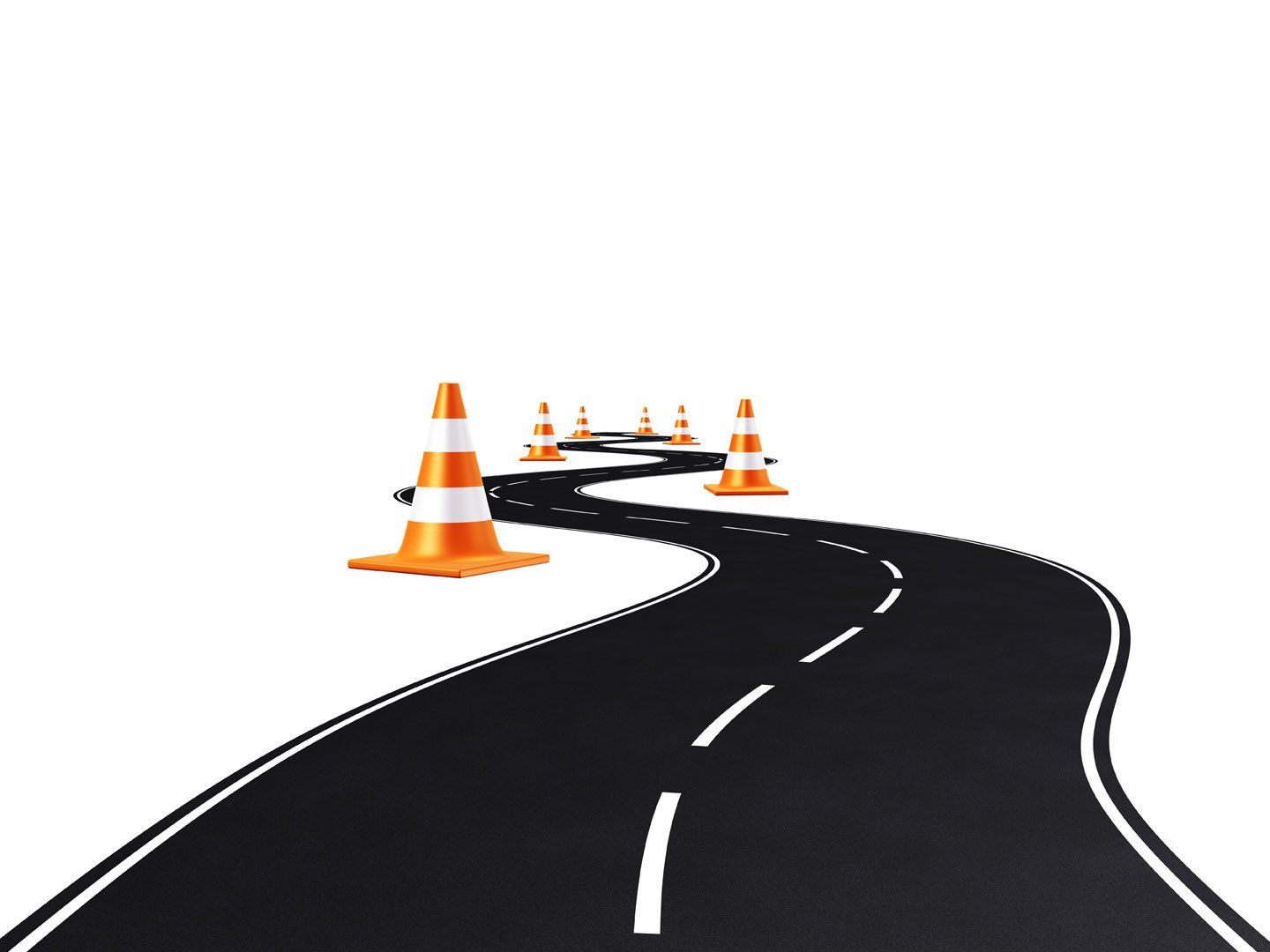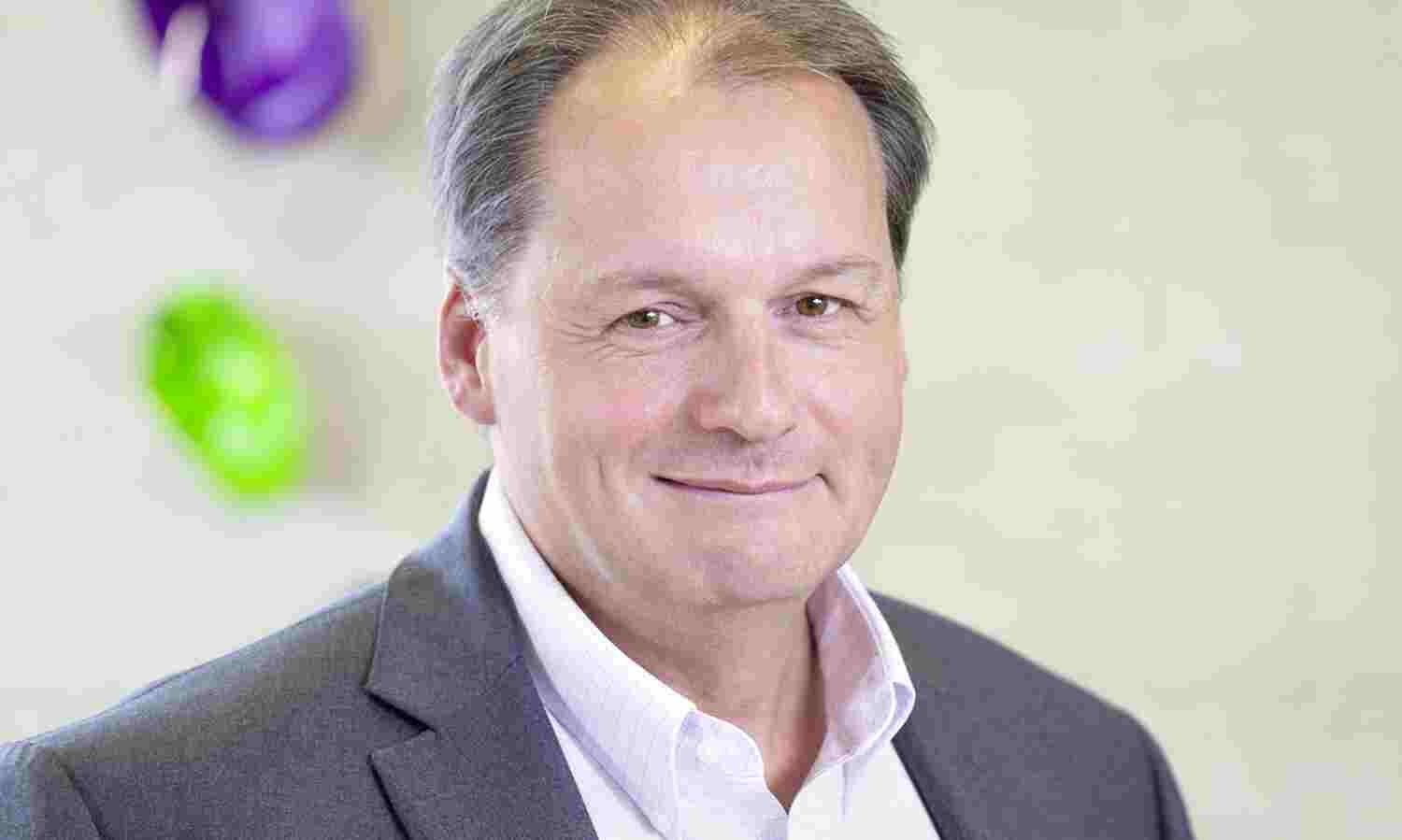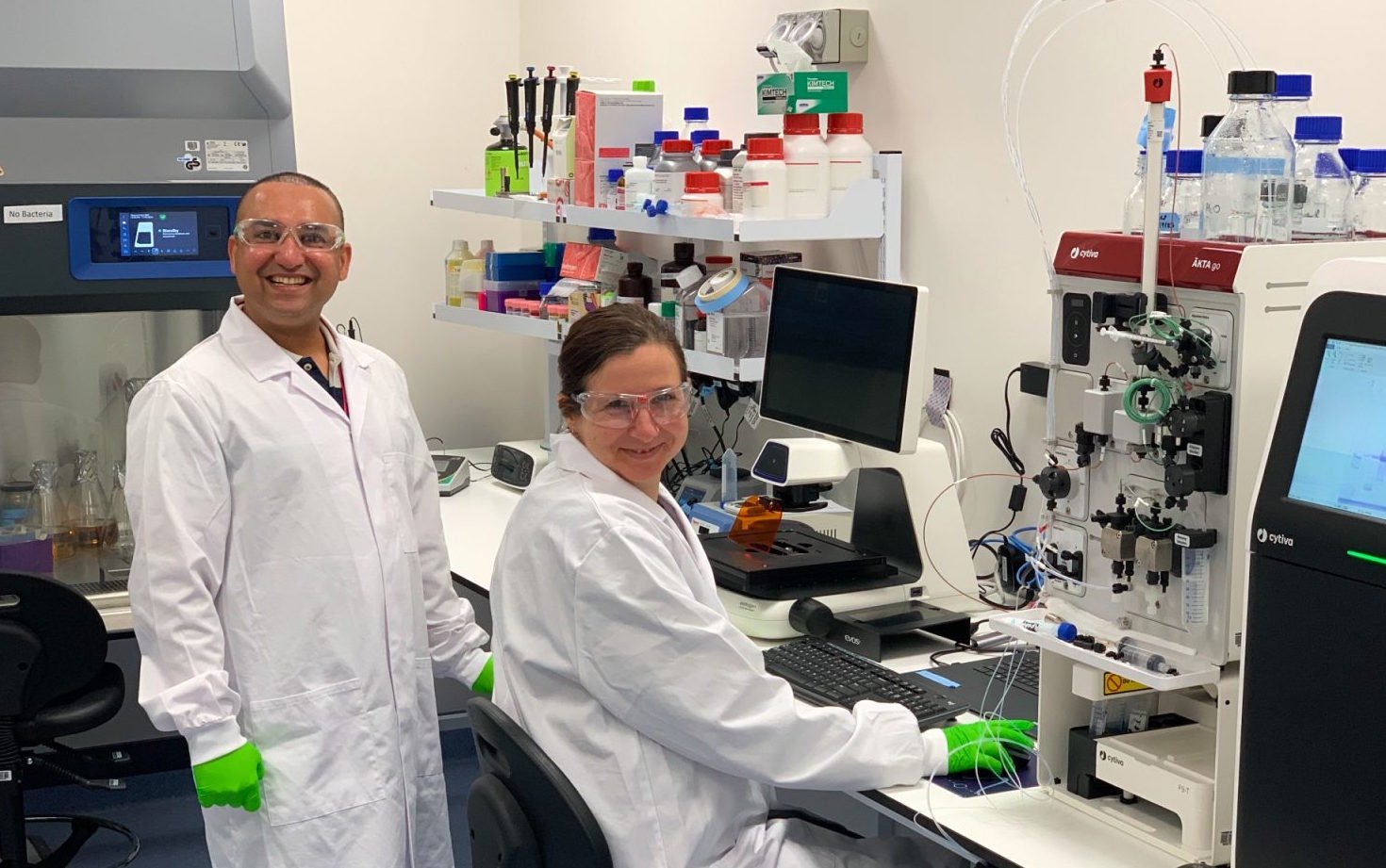FDA guidelines make way for Asian firms in US biosimilars market
16 May 2012 | Regulatory | By BioSpectrum Bureau
FDA guidelines make way for Asian firms in US biosimilars market

FDA guidelines will provide a pathway to US market
The much-anticipated draft guidance on biosimilars product development issued by US Food and Drug Administration (FDA) gives a direction to biosimilars developers targeting the US market. The FDA has issued three draft guidance documents to assist the industry in developing biosimilars products in the US. According to this new pathway, biological products will be approved on demonstrating that they are biosimilar to, or interchangeable with, a biological product that is already approved by the FDA.
When it comes to getting new biosimilars products to the market, the FDA has taken an innovative approach to support their development at every step of the process. "These draft documents are designed to help the industry develop biosimilar versions of currently approved biological products, which can enhance competition and may lead to better patient access and lower costs for consumers," commented Dr Janet Woodcock, director of FDA's Center for Drug Evaluation and Research, during the announcement of the guidelines.
These regulatory guidelines will also help Asian biosimilars developers to enter the US market. So far, the biggest challenge for Asian players that have high dominance in generics drugs in Asia, is the absence of clearly defined regulations in different countries to develop biosimilars. They have limited close interactions with regulatory agencies, which is very critical for a successful biosimilar application. With the clarity coming from the US, the Asian players will now get a chance to develop generic drugs for the vast market of the US, supplying cheaper versions of highly crucial drugs.
Asia already has many companies such as Cipla, Dr Reddy's Laboratories, Biocon, Wockhardt, Samsung, LG Life Sciences, Celltrion, SK Chemicals, Simcere and ScinoPharm that have proved their capabilities and competitiveness in developing and commercializing biosimilars for the Asia market.
Reacting to the developments, Mr Cecil Nick, vice president, Technical, Parexel Consulting, says, "There is no defined guidelines and requirements for all biosimilars products and in cases where they exist, there is no guarantee that they will not change."
Sharing his thoughts, Dr Wassim Nashabeh, global head, Technical Regulatory Policy and Strategy, Genentech, comments that biosimilars development is a $100 million investment for one molecule. "Only those players will enter this game who have a sound investment stream and seriousness to stay in the market. The US market is open to Asia but do Asian companies have the patience, time and money to withstand the stringent regulatory process? China has strong regional biosimilars players, but can they elevate the compliance mechanism in order to match US standards? If they can, they have the market but Asia is yet to achieve those compliance standards. Korean companies have shown seriousness to reach a larger market."
Celltrion has an alliance with the US-based Hospira for development of biosimilars. Similarly, LG Life Sciences completed its phase III clinical trial of its slow-release recombinant human growth hormone somatropin weekly, and is getting its biologics license application ready for the US FDA.
"First, we have to recognize that the US biosimilars pathway is designed to provide access to high-quality biologics through cost competition. Secondly, a biosimilars manufacturer can use prior experience of the original manufacturer to abbreviate their biosimilars development program. This second component is dependent on the manufacturer demonstrating that their biosimilars is "highly-similar" to the original biologic and requires a science-based approach for generating such data," says Mr Mark McCamish, global head of Biopharmaceutical Development, Sandoz.
He adds that in Asia, patient access is a driving force behind creating follow-on biologics to meet demand in the market place. Various countries meet these needs without requiring the same rigorous demonstration of a high degree of similarity to the originator molecule. "This approach has allowed for non-comparable follow-on biologics to enter the market in these regions and address an unmet medical need. However, to commercialize these molecules in the highly-regulated markets, such as Europe and the US, they will have to meet a high scientific standard of comparability," he says.
Mr McCamish suggest that to accomplish a closer alignment with the US regulators, Asian regulators can develop a "science-based" regulatory pathway like many of the highly regulated markets. This will ensure that patients in these countries will have access to safe and effective biosimilars.
"Regulators need to recognize that many of the products currently marketed as biosimilars are technically not biosimilars because they do not meet the comparability criteria with the originator molecules. Achieving comparability is a highly complex and resource-intensive process that takes many years of development," he adds.
Dr Harish Iyer, CEO of India-based Shantha Biotech, opines, "These guidelines that seem quite broad are a first step in the direction of defining a regulatory pathway for biosimilars in the US. The EU appears further ahead with specific guidelines for multiple categories of products, such as insulin, EPOs and GCSFs. I believe that most companies in Asia are following the European Medicines Agency (EMA) guidelines that were issued in 2004 to decide their development strategy. Several biosimilars developed in Europe have already been approved using these EMA pathways."
Quintiles suggests that companies seeking entry or having a sustained position within the biosimilars marketplace must first identify the requisite regulatory stipulations for every intended market. As guidelines and pathways around the world continue to mature, the complexity of this exercise cannot be understated. This process needs to follow a logical step-wise progression to ensure that a global development plan can be leveraged to satisfy regulators in each potential market. Should a single development plan not appear feasible, a decision must be made whether to undertake a bridging program for the market concerned; or, alternatively, improve the product and develop it as a biobetter. Successful biosimilars companies will be those who collapse their clinical, commercial and regulatory thinking into a streamlined cohesive function and embrace the organizational change that such a framework necessitates.












